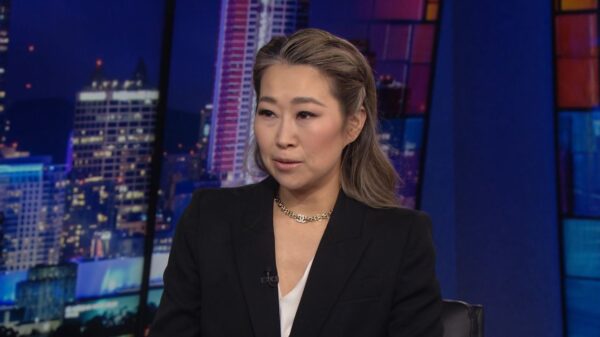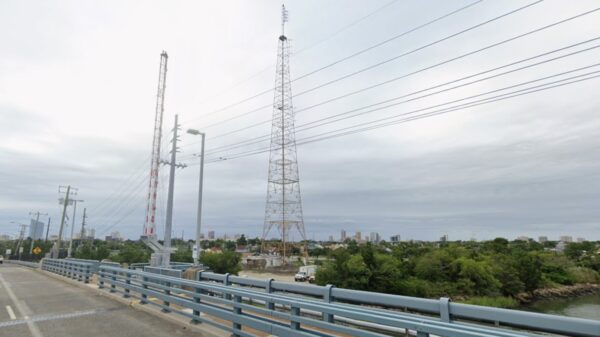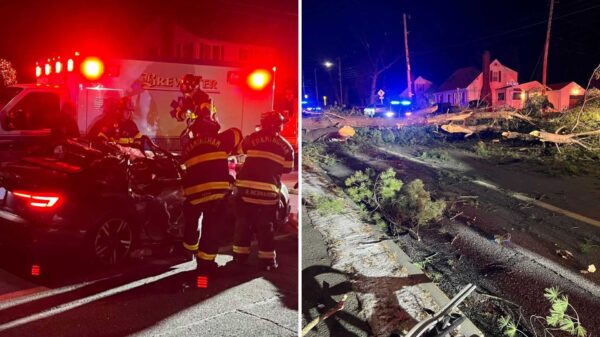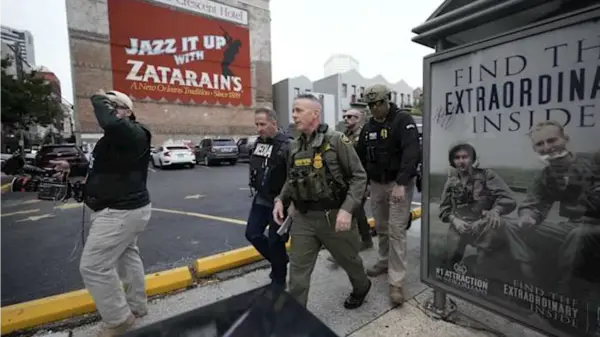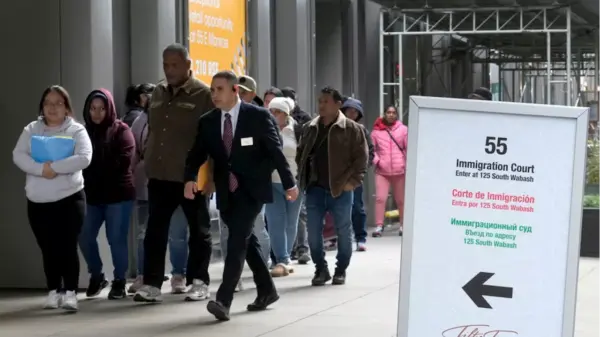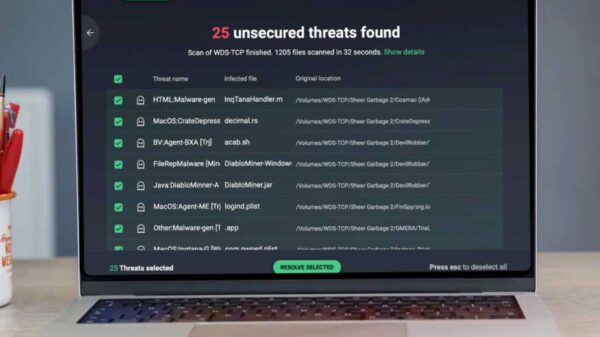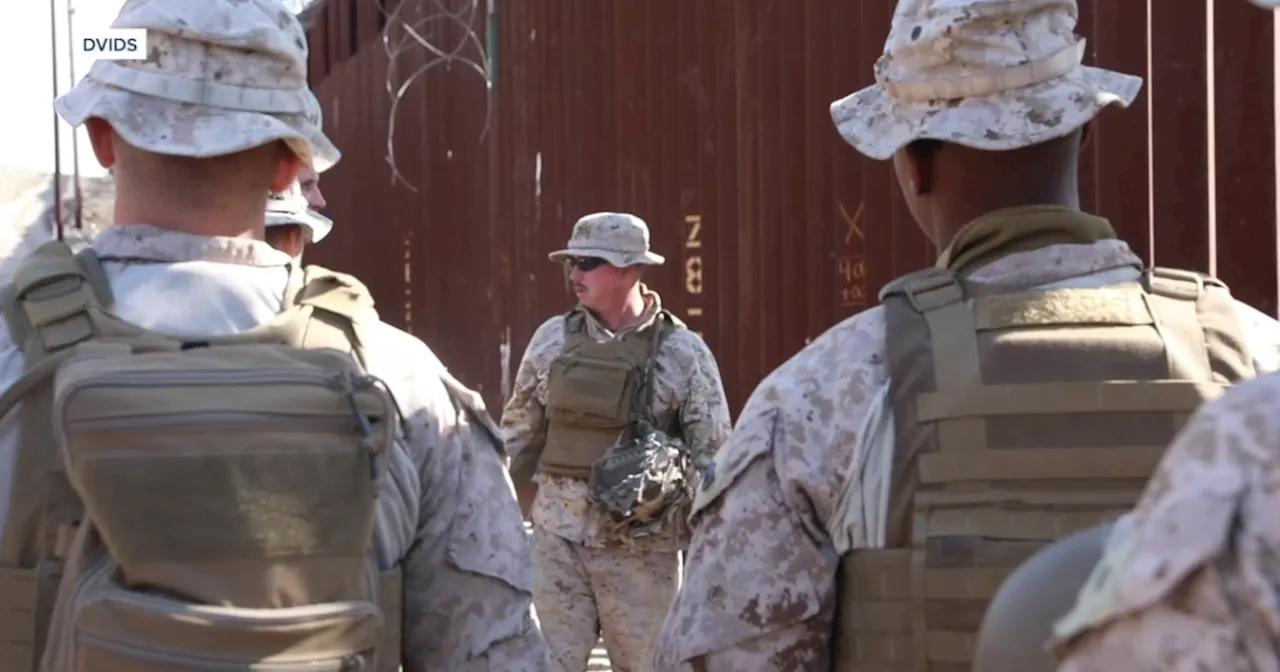U.S. military personnel from various branches are actively collaborating with civilian immigration authorities to enhance security at the U.S.-Mexico border. This initiative follows an emergency declaration issued by former President Donald Trump in October 2023, enabling a joint operation aimed at addressing border security concerns.
Under this arrangement, troops are stationed alongside U.S. Border Patrol agents in Nogales, Arizona. They are sharing command facilities and utilizing vehicles to assist with surveillance and enforcement efforts. This integration marks a significant shift in how border security is approached, combining military resources with civilian operations.
The deployment involves hundreds of soldiers, with a focus on surveillance and logistical support. The troops are not involved in direct law enforcement but provide essential backup to border agents. Their presence is intended to deter illegal crossings and enhance the overall efficiency of border operations.
The emergency declaration allows for a more rapid deployment of resources and personnel to areas identified as high-traffic zones for unauthorized entries. This approach aligns with the administration’s broader strategy to strengthen border security and curb illegal immigration.
In addition to the operational aspects, this collaboration raises important questions about the role of military forces in domestic law enforcement. Critics of the initiative argue that military involvement in civilian policing blurs the lines between military and law enforcement duties. Proponents, however, assert that the situation at the border necessitates such measures to ensure safety and security.
As the situation evolves, both the military and border authorities are expected to continue refining their strategies to address the complex challenges presented by border security. The ongoing collaboration reflects a commitment to adapting to the changing dynamics of immigration and security in the region.
The impact of this initiative will likely be closely monitored by both supporters and opponents. It serves as a focal point in the ongoing debate about how best to manage the U.S.-Mexico border and the resources required to do so effectively.



